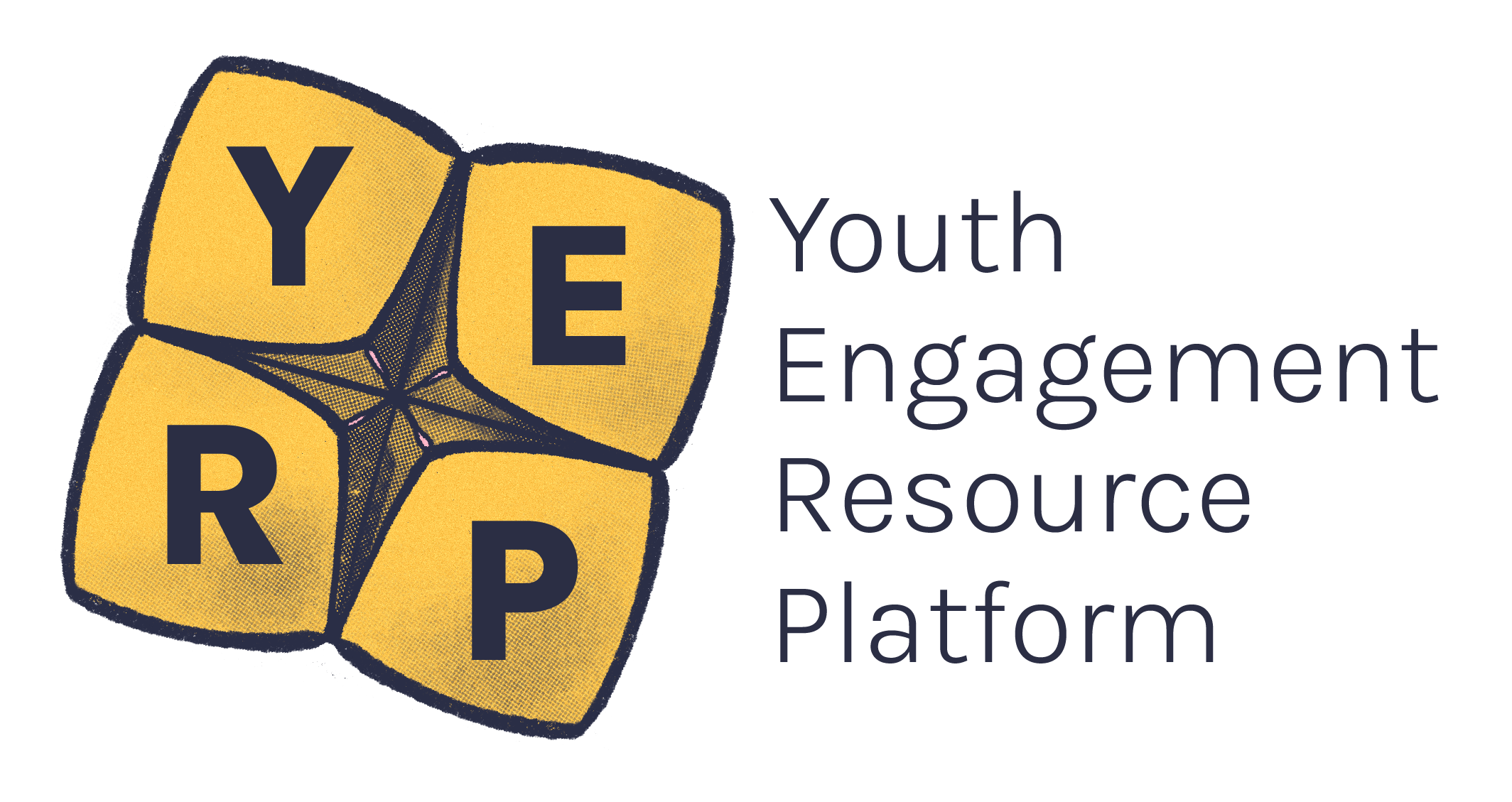In September last year, I participated in the Youth Disability Advocacy Service (YDAS) online Young Leaders Program. This was a chance to reflect on accessibility, as well as develop leadership and advocacy skills.
What drew me to the YDAS Young Leaders Program?
Being born with cerebral palsy, I can remember my childhood being filled with hospitals and doctors. Part of the reason why I am pursuing a career in medicine is because the medical field has helped me so much.
However, not everyone has positive experiences with medical professionals. This is something that led me to the YDAS Young Leaders Program. I had a desire to learn from and with other young disabled people. I wanted to improve my understanding of different experiences of disability and accessibility. I wanted to get better at advocating for the needs of myself and other disabled people and become a better doctor in the future.
The three main things that YDAS' online Young Leaders workshops did well:
1. Flexibility
A benefit of online workshops is greater flexibility for participants, especially those with accessibility needs. We were able to attend the workshops from an environment that is familiar and comfortable. We have the option of turning off our cameras to take time to ourselves.
Additionally, everyone has different preferred forms of communication. Not everyone feels comfortable verbally expressing their thoughts. However, on Zoom, more people can participate in discussions by typing in the chat box. I think there is a lot of potential for face-to-face events to become more accessible by using some of these online features, like live chat functions.
2. Regular breaks
Additionally, I appreciated the regular breaks in the workshops! I often have four hours of Zoom tutorials with no breaks during online classes. Personally, I get very stiff and distracted when I have to sit still for long periods of time. But beyond that, there is also a new phenomenon that I’m sure many are all too familiar with: Zoom fatigue.
Research says that spending long periods of time on video calls can be emotionally and mentally draining. A lot of people experience Zoom fatigue, so regular breaks give us all time to reset and stay engaged for longer. They’re also a chance to address access needs without needing to explain them to others.
3. Normalised Access Needs
When I was filling out forms for the Young Leaders Program, I was actually taken aback by how naturally questions about accessibility were included.
We shouldn’t need to have an awkward conversation when bringing up our needs. We shouldn’t need to question whether we’re overstepping any boundaries or asking for too much. Before and during the program, YDAS removed the barrier of requiring us to reach out first by giving us a space to share our needs on many occasions. By giving us many opportunities to discuss our access needs, it truly felt that our needs were important. This also eased any fears of our access needs being too inconvenient.
Our facilitators and guest speakers also made efforts to make our presentations and activities as accessible as possible. No one was ever named and shamed. Rather they said things like, “these are the descriptions for the visuals on-screen”, and “here is the link to live captioning for today’s workshop, feel free to use it if you’d like”.
This was an important reminder that I was in a safe learning environment where I wasn’t going to be shamed for my needs, whether intentionally or accidentally. Often, people have good intentions, but it’s easy to feel like you’re being put on the spot or singled out when asked to justify your needs to a teacher or peers.
Where to now?
Two years ago, I spent some time looking into accessible tourism. A comment from an accessible tourism consultant stuck with me: “you can’t just tick a box and say it’s accessible”. Simply having a lift or ramp available does not mean accessibility has been achieved.
Although these are important steps in addressing some people’s access needs, this belief is simply not true. As disabled people, we are diverse and have diverse needs. This was something that was truly demonstrated in the workshops. Through this experience, I was able to meet many incredible young people. These were young people who all had their own goals and aspirations, their own passions and communication styles—they just happened to be disabled as well.
Above all, the Young Leaders Program has given me the opportunity to get more involved in the disability community. Since completing the program, I’ve continued working to feed my curiosity and furthering my understanding of accessibility and lived experiences of disability.
I’ve been making an effort to get involved in some of the many opportunities that YDAS emails us about. I’ve started following more disabled people and disability activists on social media to engage with the discussions and opinions of disabled voices. Although I will never know everything there is to know about accessibility and inclusion, it’s a willingness to learn and broaden your understanding that makes all the difference. This is something that we can all do.
Learn more about the YDAS Young Leaders Program now, applications are open from now.



